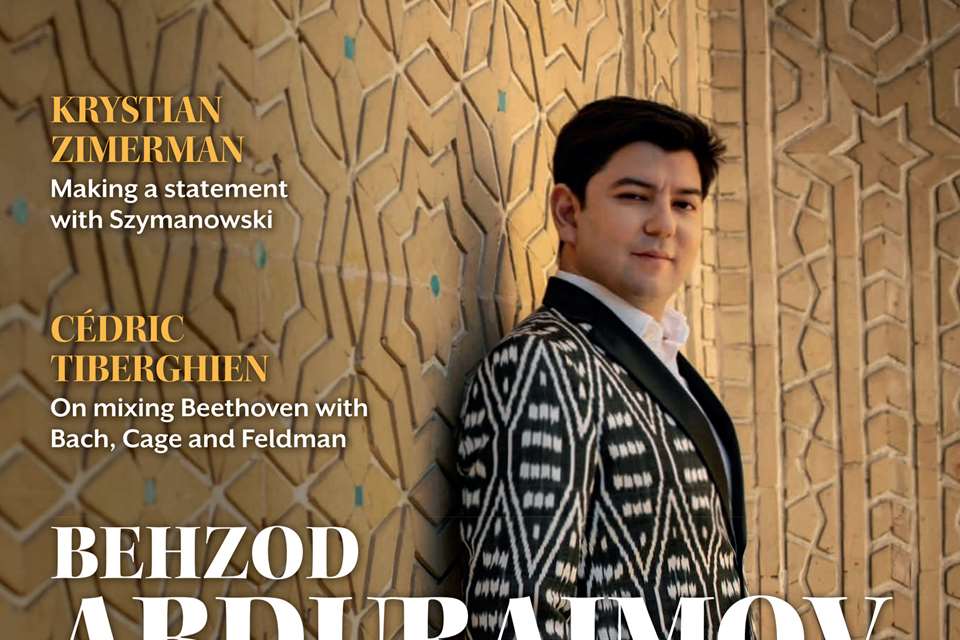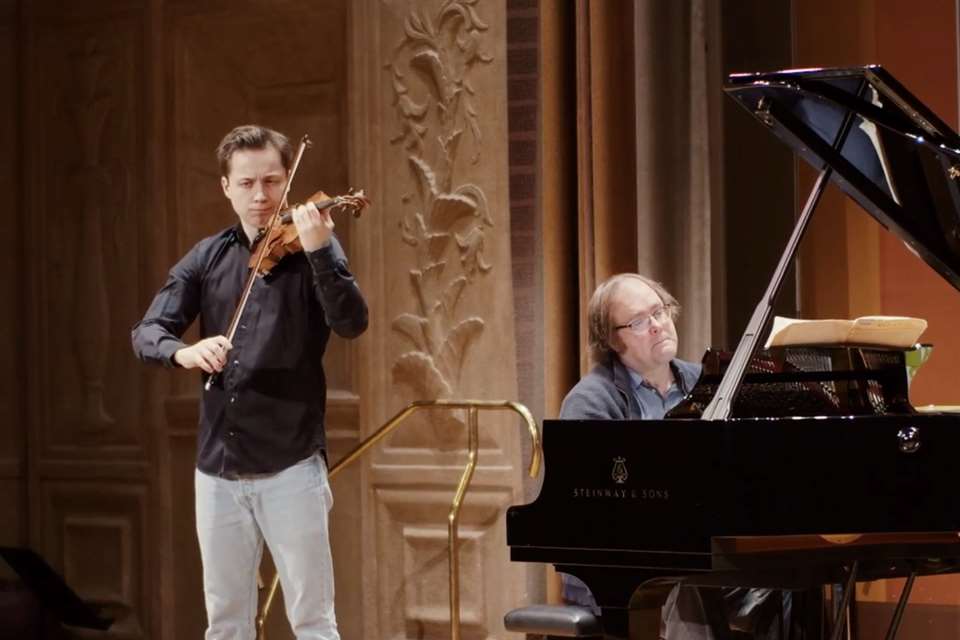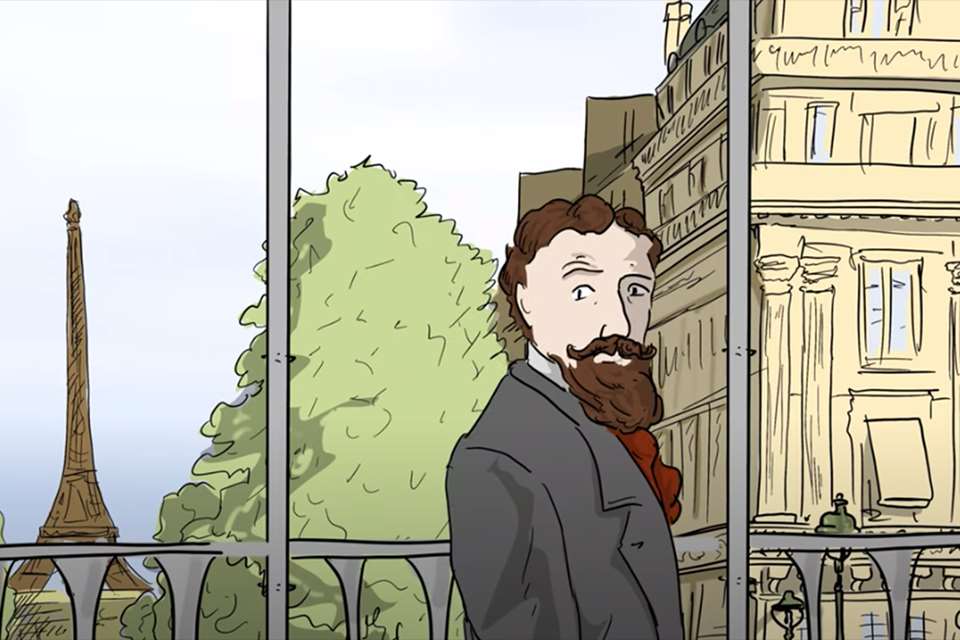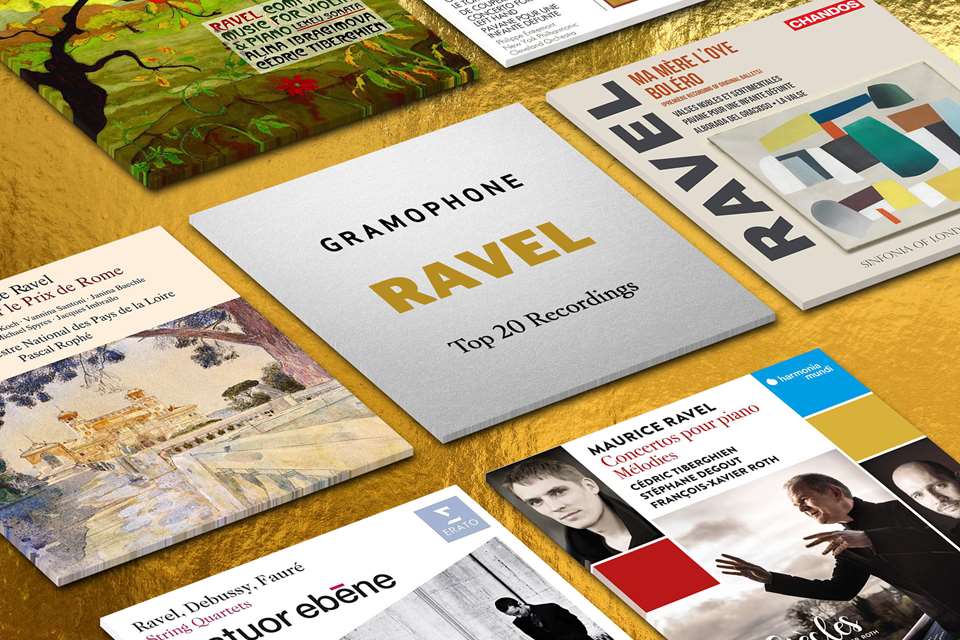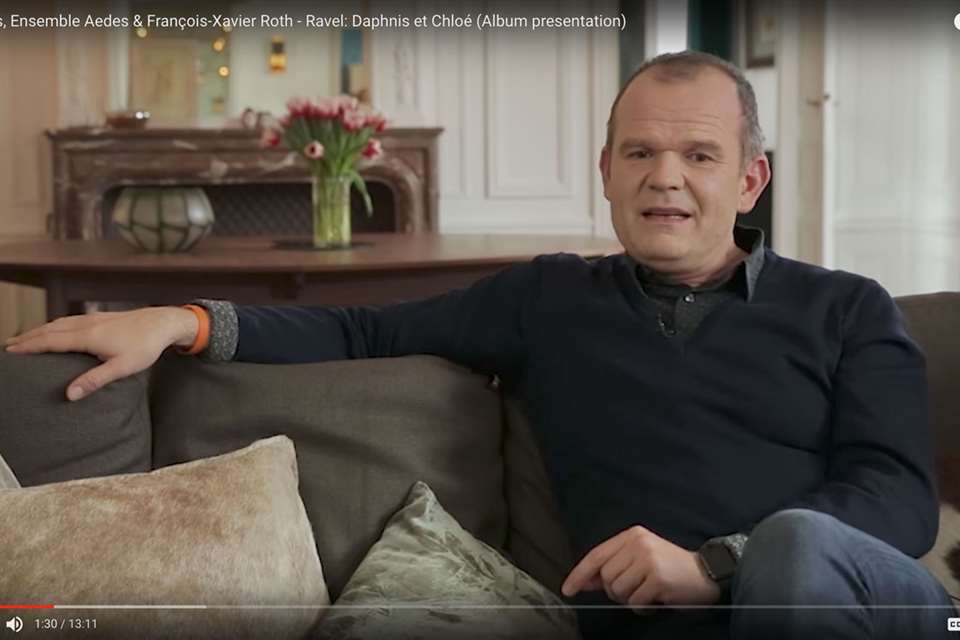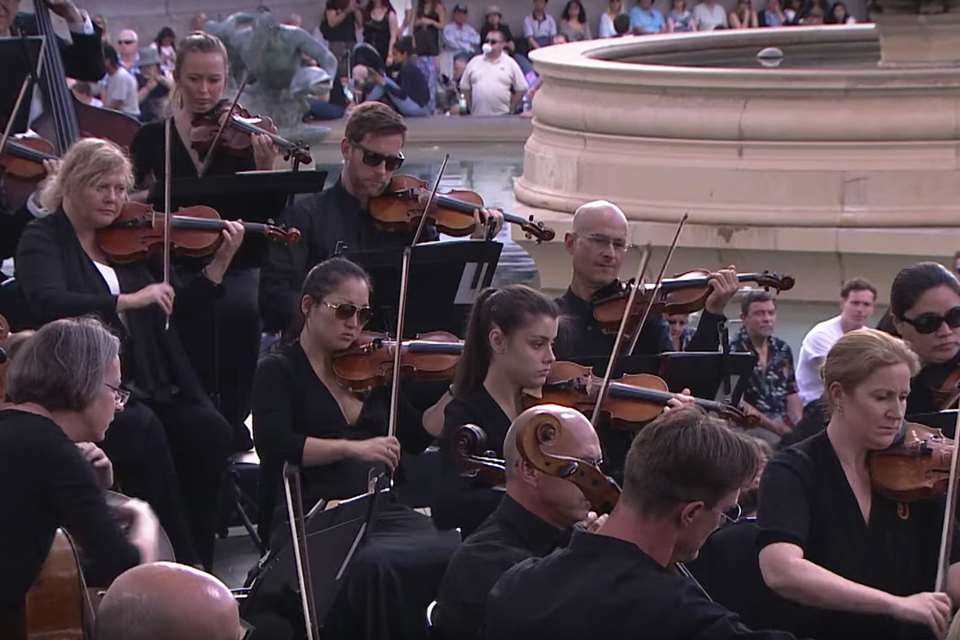Exploring Ravel’s extraordinary Gaspard de la nuit with Behzod Abduraimov
Harriet Smith
Wednesday, February 7, 2024
The pianist Behzod Abduraimov talks to Harriet Smith about this vivid and challenging work
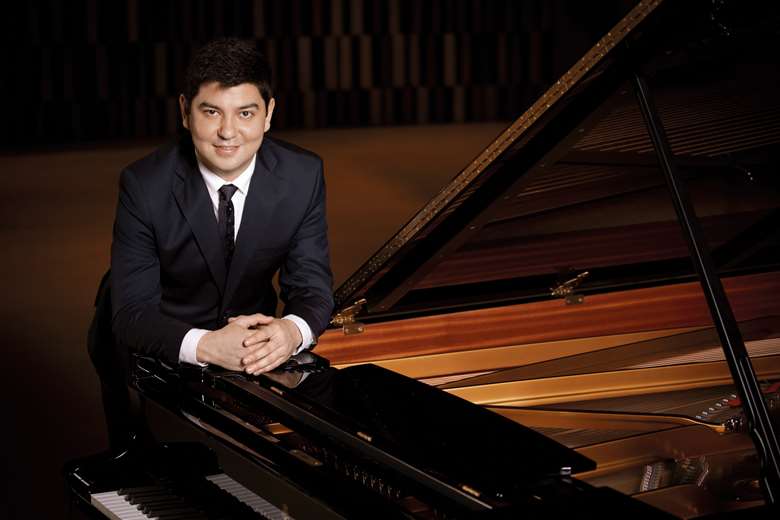
Register now to continue reading
Thanks for exploring the Gramophone website. Sign up for a free account today to enjoy the following benefits:
- Free access to 3 subscriber-only articles per month
- Unlimited access to our news, podcasts and awards pages
- Free weekly email newsletter




